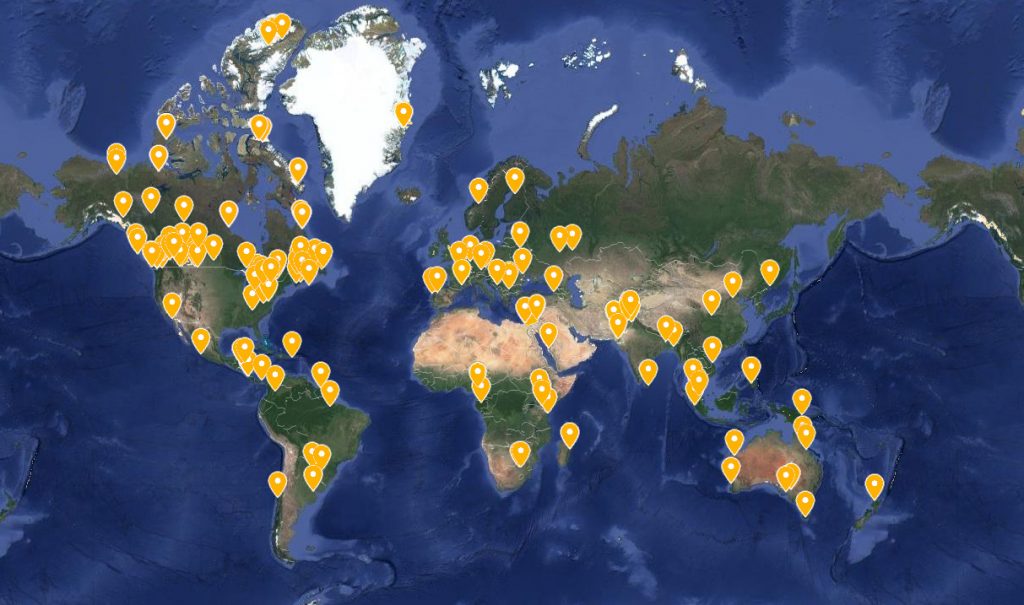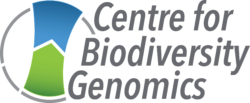Collections
Providing innovative solutions for field collections, sample processing, specimen digitization, and archival collections
The Unit Manages
Fieldwork & Collecting
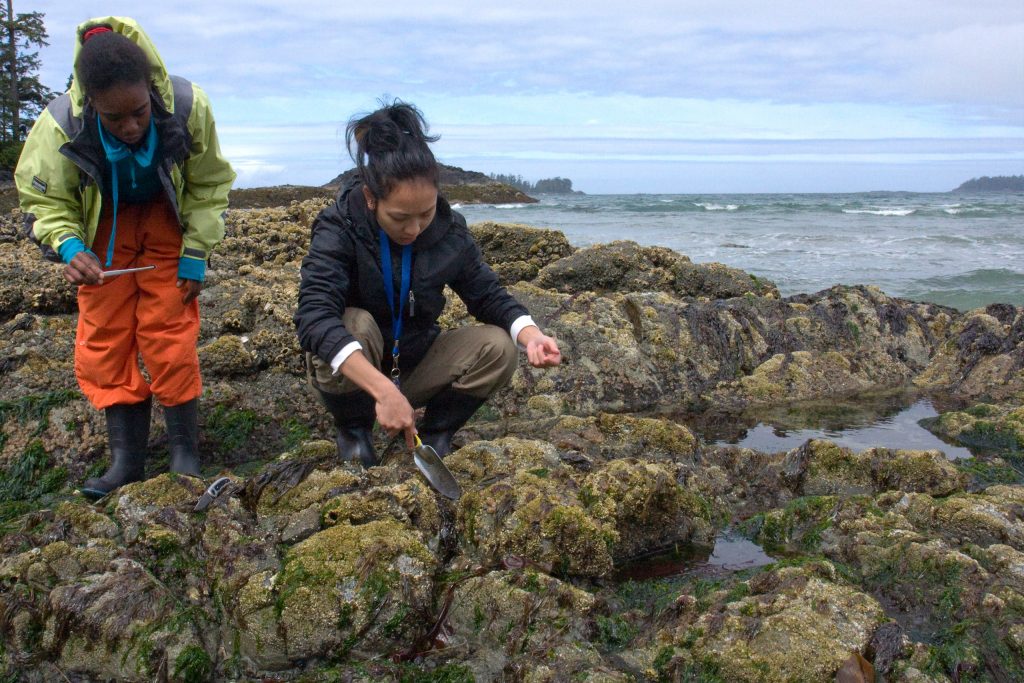
Wide and Diverse Reach of Field Collections
Fieldwork is carried out each year to acquire new samples and specimens using a variety of collecting methods specific to ongoing projects. Many projects employ Malaise traps alone, while others supplement them with other trapping and collecting techniques (e.g., pan traps, pitfall traps, sweep netting, kick-net sampling). While the CBG Collections team executes much of this fieldwork, most recently in Ontario, British Columbia, and Arctic Canada, it also helps coordinate and equip similar field programs for many collaborators and partners within Canada and abroad. As a result, the Collections Unit sourced over 30,000 bulk samples, containing well over 20 million individual specimens.
Museum & Archive Sampling
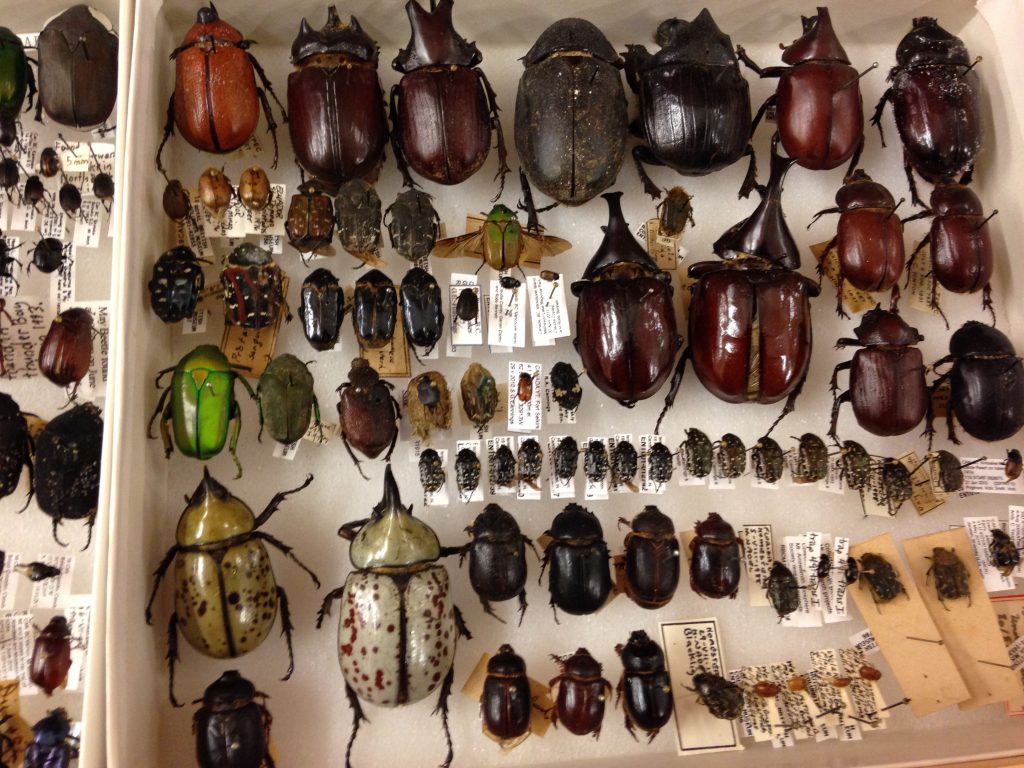
Expert Protocols for Natural History Collections
Specimen Digitization & Archive
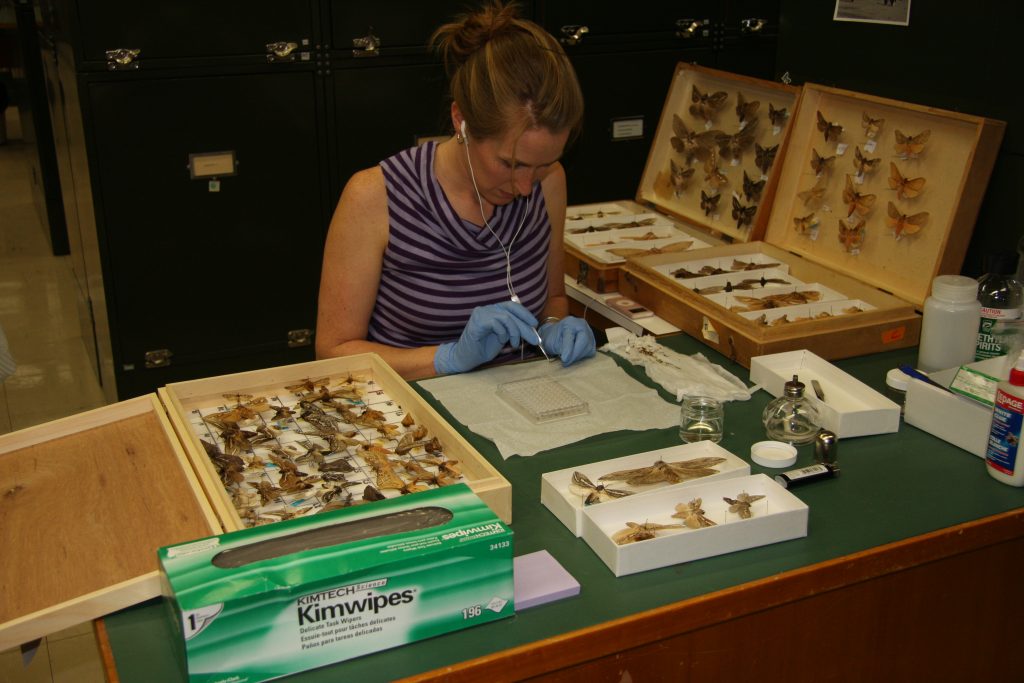
Globally Unique Natural History Collection
Following digitization and sample preparation, the majority of specimens are permanently vouchered in CBG’s natural history archive (collection code BIOUG). This globally unique collection of 14.1 million animal specimens uses an internal Collections Management Information System and the Barcode of Life Data Systems to associate each record with its sequence data, collection information, and images, facilitating rapid access to both the specimen and its collaterals. The ease of accessibility allows CBG staff to frequently provide loans to researchers around the world (more than 1700 separate loans for taxonomic identification have been dispatched) and host visiting researchers in the dedicated workspace of the collection.
Project Management & Research Support
